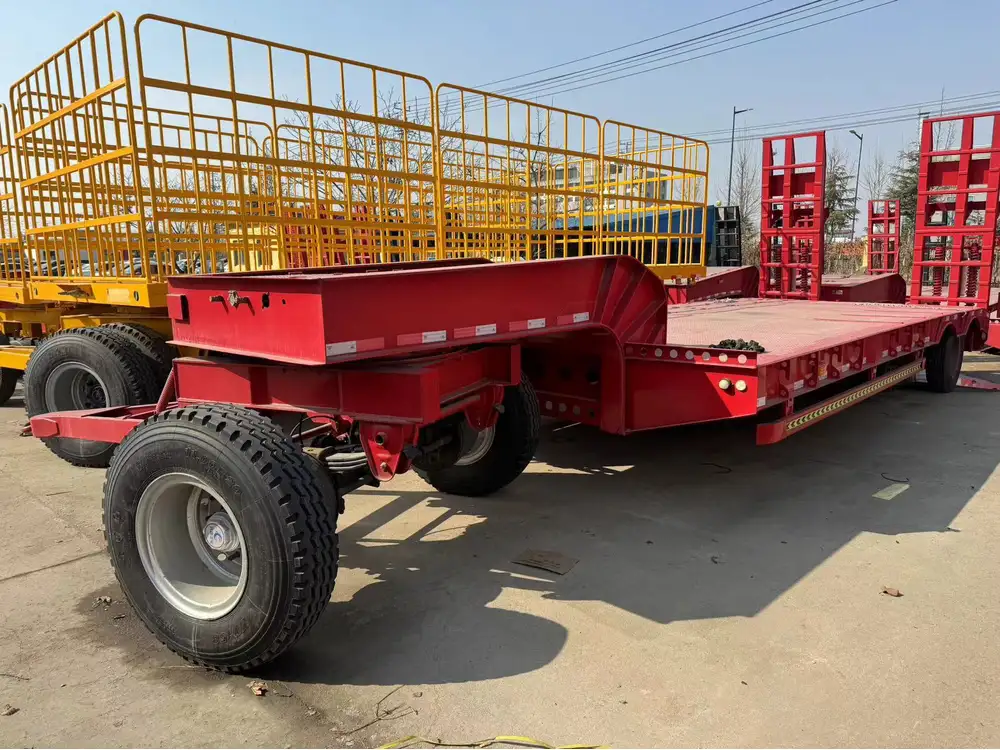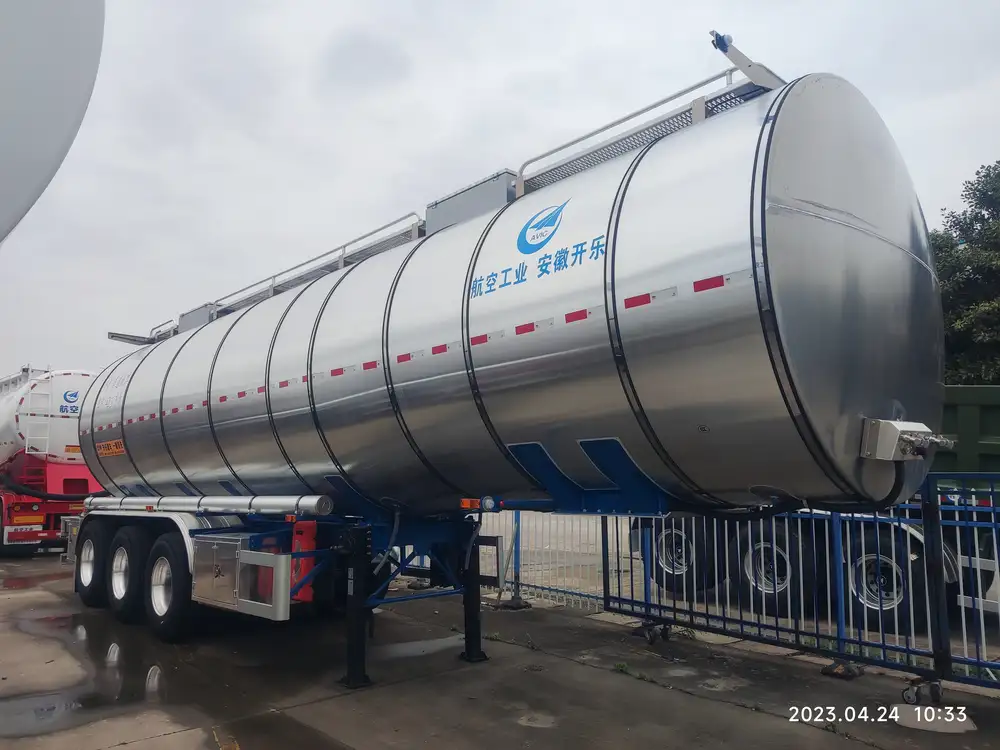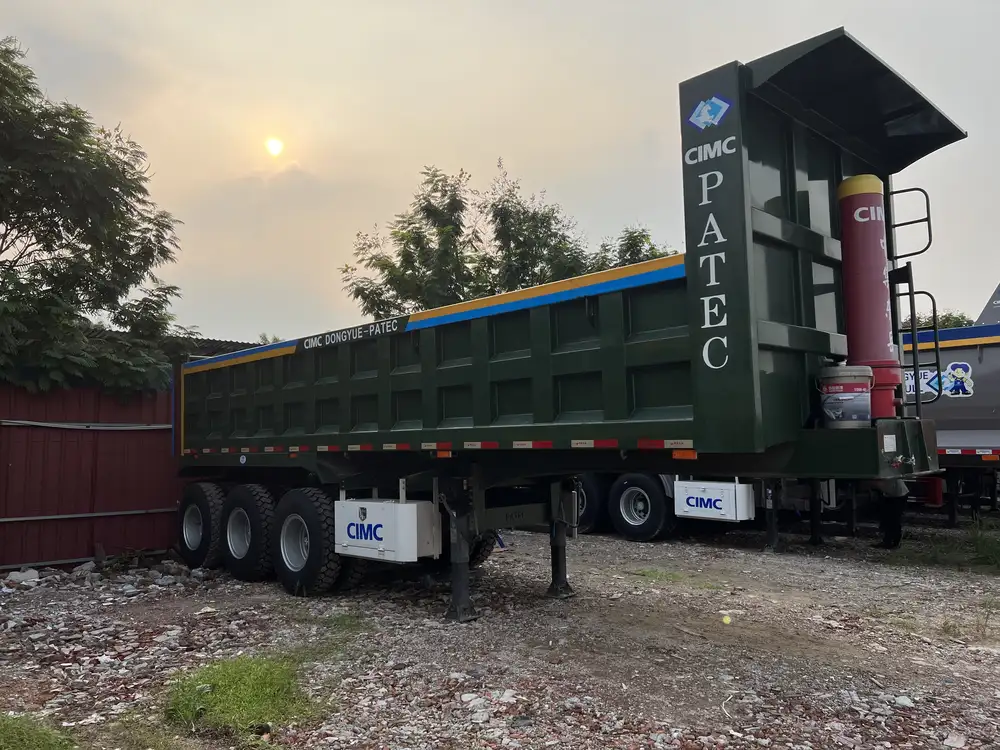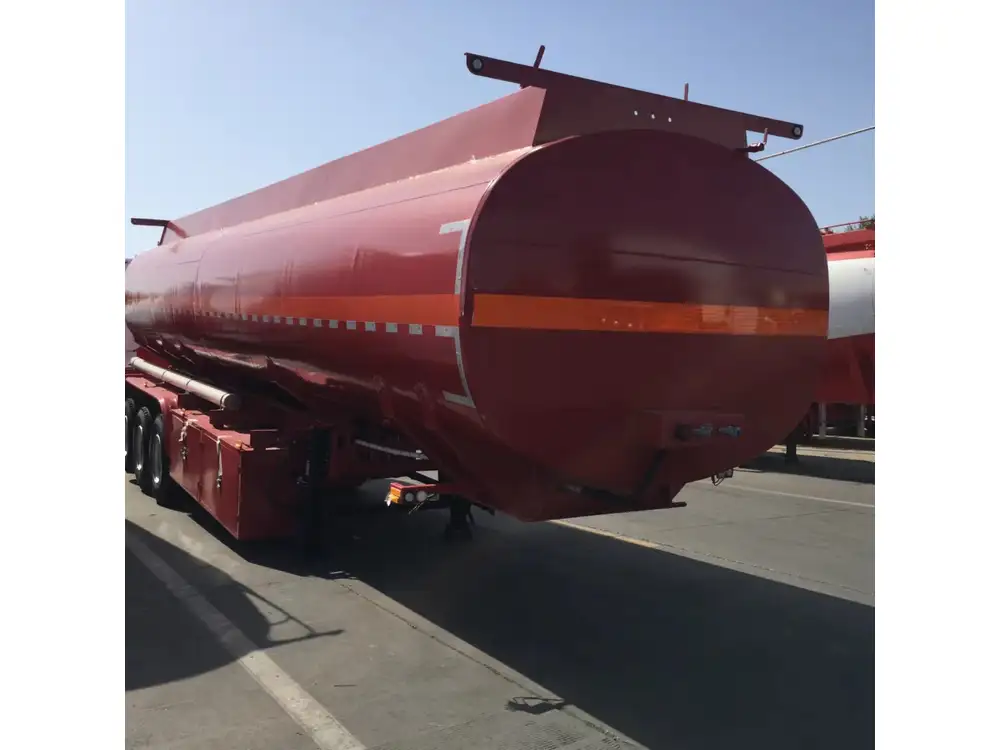When it comes to transporting bulk agricultural products like corn, understanding the logistics of semi-trailer capacities is crucial for farmers, transporters, and manufacturers alike. In this article, we will explore the specifics of how many bushels of corn a semi-trailer can hold, the factors that affect this capacity, and the implications for agricultural transportation and logistics.
What is a Bushel?
Before diving into the specifics of semi-trailer capacities, it’s essential to clarify what a bushel is. A bushel is a unit of measurement often used in the agricultural sector to quantify dry volume. Specifically, one bushel of corn is equivalent to approximately 56 pounds in weight.
Quick Conversion Chart: Bushel to Weight
| Product Type | Weight per Bushel (lbs) |
|---|---|
| Corn | 56 |
| Wheat | 60 |
| Soybeans | 60 |

Semi-Trailer Basics
A semi-trailer is a type of trailer that attaches to a truck and relies on the truck for its support. Different types of semi-trailers serve unique purposes, with variations in size, shape, and load capacity. The most common types for agricultural transport include:
- Flatbed Trailers: Open trailers used for large, bulky loads.
- Tandem Axle Trailers: Primarily used for distributing heavier loads and providing stability.
- hopper Trailers: Specifically designed for bulk materials like grains.
Common Semi-Trailer Dimensions
| Type of Trailer | Length (ft) | Width (ft) | Height (ft) | Capacity (cu ft) |
|---|---|---|---|---|
| Flatbed | 48-53 | 8.5 | N/A | N/A |
| Tandem Axle | 48-53 | 8.5 | N/A | N/A |
| Hopper | 39-42 | 8.5 | 12-14 | 1,200-1,500 |
How Many Bushels of Corn Does a Semi-Trailer Hold?
To determine how many bushels of corn a semi-trailer can hold, we first need to look at the volume capacity of the trailer and the physical specifications (dimensions) of the load.

Typical Capacities of Hopper Trailers
Hopper trailers are the most commonly used semi-trailers for transporting grains such as corn. Depending on the model and manufacturer, a standard hopper trailer can hold approximately:
- Capacity Range per Trailer: 1,200 to 1,500 cubic feet.
Calculating Bushels from Cubic Feet
The conversion of cubic feet to bushels must take into account that one bushel of corn roughly occupies about 1.25 cubic feet. Thus, for a hopper trailer with a capacity of 1,500 cubic feet, the conversion would be as follows:
Bushels per Hopper Trailer: [ \text{Bushels} = \frac{\text{Cubic Feet}}{1.25} ]
For a hopper trailer with 1,500 cubic feet: [ \text{Bushels} = \frac{1,500}{1.25} = 1,200 ]
This illustrates that a semi-trailer can typically hold between 960 to 1,200 bushels of corn depending on the dimensions of the trailer and the specific design.
Factors Influencing Capacity
While the standard numbers provide a general guideline, several factors can influence the actual capacity of a semi-trailer when transporting corn.
Trailer Design:
- Different manufacturers may offer trailers with varying capacities, even among similar types.
Load Distribution:
- Equal distribution of the load is essential for safe travel. Overloading or uneven loading can cause safety hazards and operational inefficiencies.
Height Restrictions:
- Certain regions impose height restrictions on loads, which may necessitate the use of lower-profile trailers, thus affecting total capacity.
Seasonal Variations:
- The moisture content of corn can fluctuate, impacting the weight and required capacity when transporting the corn.
Local Regulations:
- Different states and regions may have unique regulations regarding load limits and trailer capacities that could affect transport.

Practical Implications for Farmers and Transporters
Understanding the capacity of semi-trailers used for transporting corn is vital for various stakeholders, including grain farmers, transport operators, and logistics managers.
Cost-Effectiveness
By maximizing the load capacity of semi-trailers, transporters can reduce transportation costs per bushel. For instance, consider the following calculations based on common transport costs:
| Metric | Cost per Bushel |
|---|---|
| Transport Cost Without Capacity Optimization | $0.50 |
| Transport Cost With Full Capacity (1,200 Bushels) | $0.40 |
This difference can significantly affect profitability for transport operators and farmers.
Efficiency of Operations
Efficiently understanding and using trailer capacities can greatly enhance the overall operational efficiency of agricultural logistics.

Tips for Improving Load Efficiency:
- Regularly Review Trailer Designs: Ensure the fleet consists of optimal trailer types that suit the volume of grain being transported.
- Training for Personnel: Providing detailed training on load-building techniques can enhance distribution and optimize capacity.
- Implementing Technology: Use advanced systems for load tracking and trailer management.
Real-World Examples
Let’s examine a couple of scenarios to highlight how understanding trailer capacity influences operations.
Scenario 1: The Family Farmer
A family-owned farm produces corn and hires a transporter for deliveries to local grain elevators. If their selected semi-trailer holds 1,200 bushels, the family can transport an entire yield in just one trip, minimizing fuel costs and time.

Scenario 2: The Large Agricultural Firm
A large operation produces corn on a much wider scale and utilizes multiple semi-trailers, each with a variable capacity. By analyzing trailer capacities and adjusting logistics accordingly for full loads, the firm consistently minimizes costs while maximizing outputs.
Conclusion
In conclusion, the capacity of semi-trailers, specifically in terms of how many bushels of corn they can hold, is vital for effective agricultural transport. With hopper trailers typically holding between 960 to 1,200 bushels of corn, understanding these specifications can help stakeholders optimize their operations significantly.
By being aware of the factors influencing capacity and utilizing practical tips for improving load efficiency, farmers and transporters can enhance their operations, reduce costs, and contribute to a more streamlined agricultural supply chain.



